New Lease Reporting Requirements Change the Colo Dynamic
Colocation REIT (Real Estate Investment Trusts) have enjoyed growth over recent years for several reasons. One reason is a cost savings to enterprise customers as often the higher cost capital items like UPSs and generators are leased along with floor space. Likewise, it keeps enterprise IT departments out of the building business and back into the running of IT business. To hear the large cloud providers speak, one would think that enterprise data centers are a thing of the past. That isn’t exactly true.
According to the 451 Group, 71% of Enterprises are committed to owning data centers. This is due in part to investments already made, application portability (or lack thereof), location of data, and sovereignty requirements, to name a few. Many enterprises will have a mixture of company owned, cloud and colo facilities for their data center assets. But some new changes in accounting laws may make owning enterprise centers more attractive.
In the past, publically traded companies listed their lease assets in a footnote in their 10-K and 10-Q filings. In 2005 the SEC issued a statement that an estimated $1.25 trillion was going unreported in off-balance sheet leasing activities. Investors and other financial statement users made a request of the FASB (Financial Accounting Standards Board) for better reporting. The FASB embarked on a joint project with the IASB (International Accounting Standards Board) to improve the financial reporting of leases. Removing off-balance sheet lease costs creates a better means to evaluate a firm’s credit structure and risk.
Under the new guidance, any lease where a company is listed as a “lessee” must be recorded on the balance sheet. The listing must include the assets and liabilities under the lease obligation. This applies to lease obligations over 12 months. How that is recorded will depend on whether the lease is a finance or operating lease. Before this new standard only capital leases were reported on a balance sheet. A capital lease being defined as a lease of equipment for nearly all its useful life. Other leases classified as operating leases (for instance a 10 year office building or data center lease) whereby a lessee would not recognize the assets or liabilities on the balance sheet. This new ASU (Accounting Standard Update) creates a greater transparency in financial reporting by requiring those operating leases to now be reported on balance sheets.
New accounting practices could have an impact on the “build versus buy” decisions that many companies face when trying to determine the location for their data assets. According to the Wall Street Journal, real estate leases equate to roughly 60% of the dollar value of the average Fortune 1000 companies lease portfolio. By adding these leases to the balance sheet as opposed to the operating budget, there will be a noticeable impact. The build versus buy decision was previously a way to manage financial reporting, but this new ruling changes this practice. At the very least, the impact to corporate balance sheets will be significant. Some estimates show that impact to be upwards of $3 trillion.
Companies will need to learn more about how their leases are structured at colocation faculties. If a lease is a “grow into” format, the full amount would need to be disclosed under this new accounting standards update. According to a 451 Research study in 2015, the average data center is utilized at just 56%. With this new standard, a company would be showing 100% of the lease value regardless of the amount used. This alone is liable to trigger some creative lease arrangements prior to the January 1, 2019 beginning of the accounting practice.
The new lease reporting requirements are significant enough that they may tip the “build versus buy” decision back in favor of building those corporate data centers for some companies. If the leases must be reported anyway, it may be advantageous to list equipment as purchased rather than having to report full lease obligations whether you are using the space or not. At the very least, it is will create a lot of lease re-evaluations for colo agreements.
The benefits of the new standard as listed by the FASB are as follows:
- Eliminates one of the largest sources of off-balance sheet accounting
- Improved comparability
- More reflective of financial position of lessee
- Fewer opportunities to structure to obtain a certain balance sheet reporting outcome
- Addresses practice issues for preparers
While they do acknowledge that there will be some financial costs for this reporting, those costs are expected to be negligible. It will certainty change lease negotiations for space, first right of refusals, etc.

